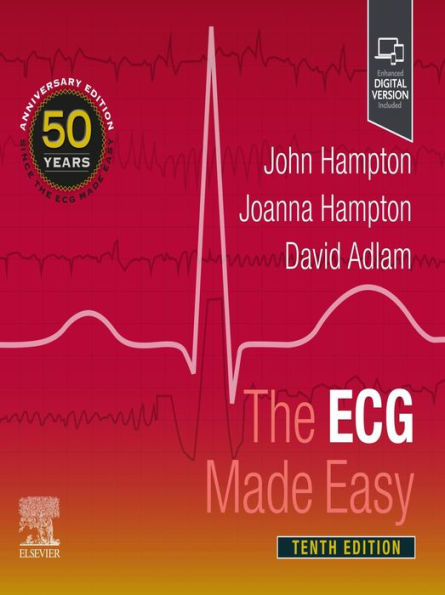The ECG Made Easy, hailed as a ‘medical classic’ by the British Medical Journal, has reached its 50
th anniversary. It has been translated into more than a dozen languages and has now sold more than three quarters of a million copies.
This book is a firm favourite of medical, nursing and paramedic students as it provides clear, easy to follow information on all aspects of using the ECG in clinical practice.
This tenth edition has been fully updated for all healthcare professionals, for those who are still in training, and for those already practising. It is essential reading for all those who use ECGs in their day to day work. It is an easy, practical and informative guide to performing, interpreting and reporting ECGs.
- The first part distils the bare essentials with minimal theory and maximum practicality.
- The second part explains the theory underpinning the recording of an ECG in order to start basic interpretation of the 12 leads.
- The third part includes the clinical interpretation of individual ECGs in patients with chest pain, breathlessness, palpitations and syncope as well as understanding the normal variations in ECGs recorded from healthy subjects.
- All ECGs used in the book are taken from real patients from the authors’ clinical practice.
- New section on Single Lead ECG interpretation, increasingly seen on Smart devices.
- New flow chart to aid interpretation and reporting.



